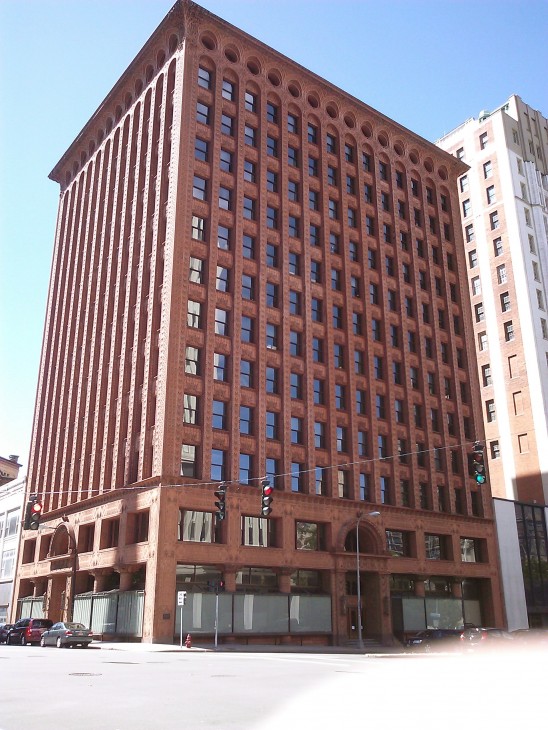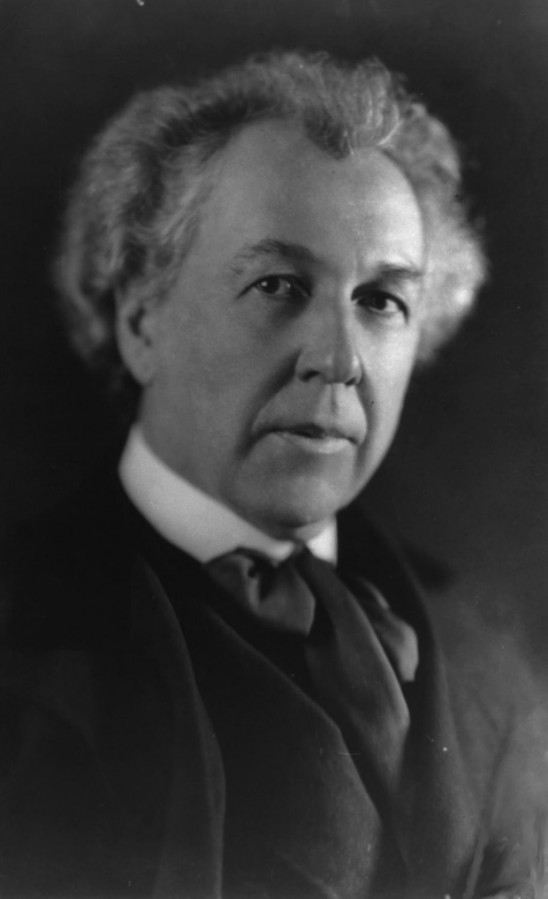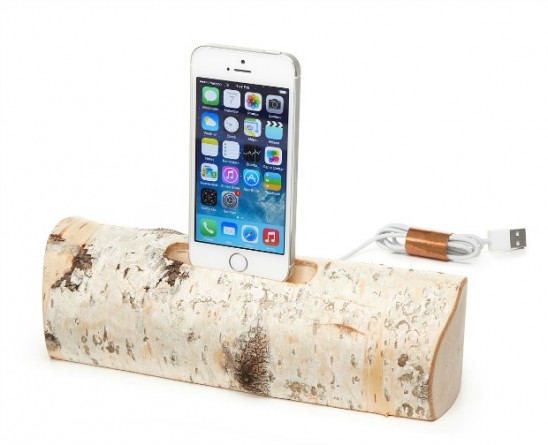From musical wine glasses to self-filtering popcorn bowls, the distinctive variety of our collection relies on interactions of form and function. Sometimes these interactions are straight out of the design handbook; sometimes, they’re more playful and ironic. Whatever the case, a familiar phrase comes to mind: form follows function. You’ve probably heard it batted around—at a cocktail party or in your undergrad art history course—but you may not know where this quotable bit of design history originates.
 The Popcorn Bowl with Kernel Sifter
The Popcorn Bowl with Kernel Sifter
Chicago, 1896: a maverick American architect sets out to define an emerging building type that will transform American skylines from coast to coast in the next century—the tall office building, or “skyscraper.” Through a progression of projects, from the Wainwright building in St. Louis to the Guaranty building in Buffalo, Louis Sullivan showed an increasingly clear vision of how the tall office building—a form driven by commercial imperatives—could be designed to reflect its essential nature as a “tall and soaring thing.” At the same time, he put down his pencil long enough to write a sort of manifesto for his skyscraper vision: “The Tall Office Building Artistically Considered.” In this essay was an innocent turn of phrase destined for design school glory: “…form ever follows function.” Like in the old game of “telephone,” this phrase was slightly paraphrased in the retelling, becoming “form follows function,” and a design nerd’s bumper sticker was born.
Prudential (Guaranty) Building, Wikipedia
Not to be outdone, Sullivan’s famous protégé and master appropriator, Frank Lloyd Wright, adopted the aphorism but put his own transcendental spin in it, saying that “[form follows function] has been misunderstood—form and function should be one, joined in a spiritual union.” It’s a prime example of Wright extending his mentor’s principles into his own organic definition of design. But when Sullivan coined the phrase—and when Wright re-branded it—they intended it as an assertion of an aspiration, rather than the revelation of any Platonic design truth.
Frank Lloyd Wright, Wikipedia
In retrospect, Wright’s insistence that form and function are inextricable stifles his progressive potential. Postmodern design offers examples of form forcing function—one of the main critiques of branded, “starchitect” design of the last few decades. In 2009, Alice Rawsthorn declared the demise of “form follows function,” citing its fading relevance in the age of digital design.* Counter to this obituary, some recent products demonstrate an ironic inversion of the form / function relationship: Lee Goodwin’s Driftwood and Birch iPhone Docks bring unabashedly organic flair to design-for-digital applications, while Jeff Davis’ Record Amplifier draws sound from old records in an unexpected way.
So it seems that Louis Sullivan’s most quotable concept is still on designers’ pin boards today, if only as a platform for playful inversions of his intent.




6 Comments
Loved this short, concise, interesting blurb on architectural design. Eric should keep giving ‘just enough’ of the art/design world. Thanks
EJ- its Shpet… :). I recognize your witty self in your blogs and love them! Keeps me coming back for more- however the robot questions are HARD! 5+?=12. They didn’t teach us that at Ham Tech!!!
Shpet! Thanks for checking in. Sorry about the robot questions…you can never be too careful!
[…] Frank Lloyd Wright designed in concert with Nature—with a capital N, he insisted—and Drew Kelley’s Wright-inspired bird feeder design follows that organic lead. The cedar feeder is simply stained as Wright might have done, and its miniature roof is gently pitched and cantilevered like the rooflines of the Martin House and other homes of Wright’s Prairie period (c. 1900-1914). Add the art glass motif applied to the side panels, and those birds will be eating in sublime style. […]
[…] conceptual cousin to ‘form follows function,’ this cool but cheekily contradictory aphorism is a close contender for the top modernist […]
[…] 3) Proper lighting can do wonders for any room. If you get lots of natural light, count yourself lucky and don’t block it out. Choose opaque sheer curtains that still allow light to stream in, or just keep your windows bare altogether. For entryways that need brightening, find a tabletop lamp made of clear glass or thin metal. This will give you the light you need without adding extra weight to the overall feel of the room. Don’t forget to think vertically, too. A chandelier is an eye-catching piece that provides not just form, but function. […]